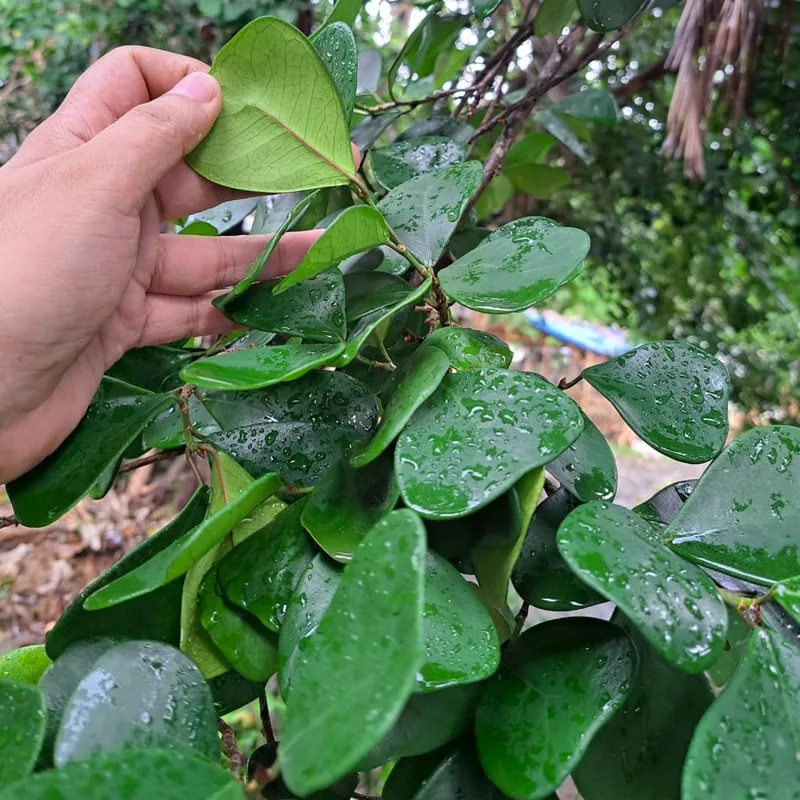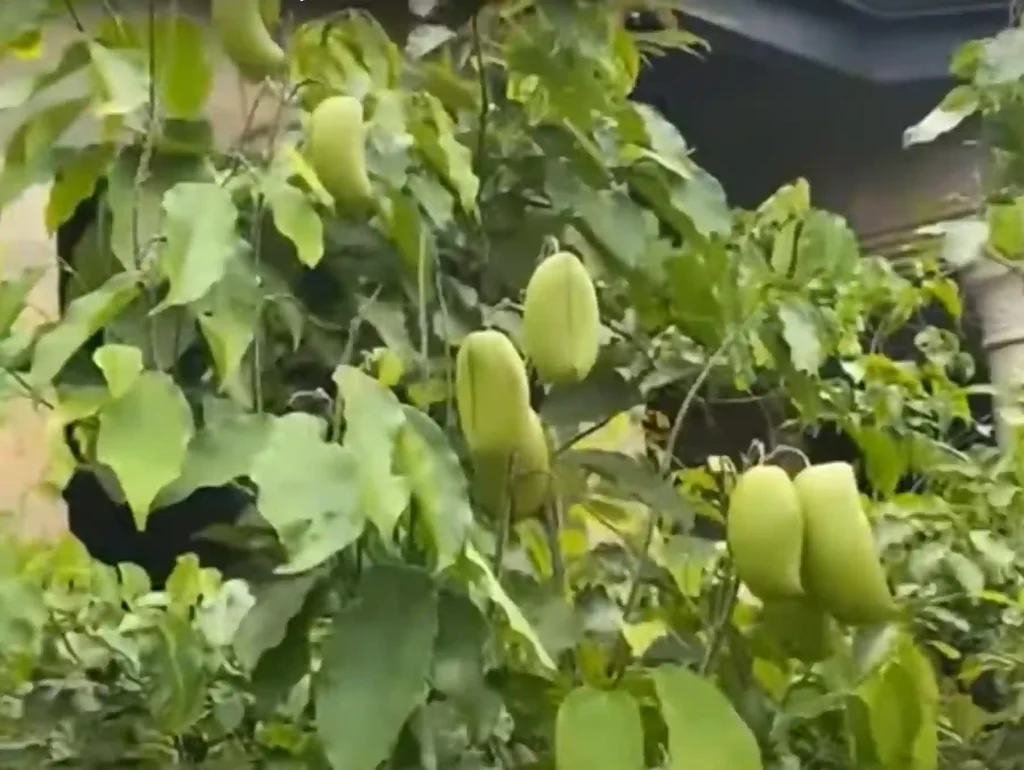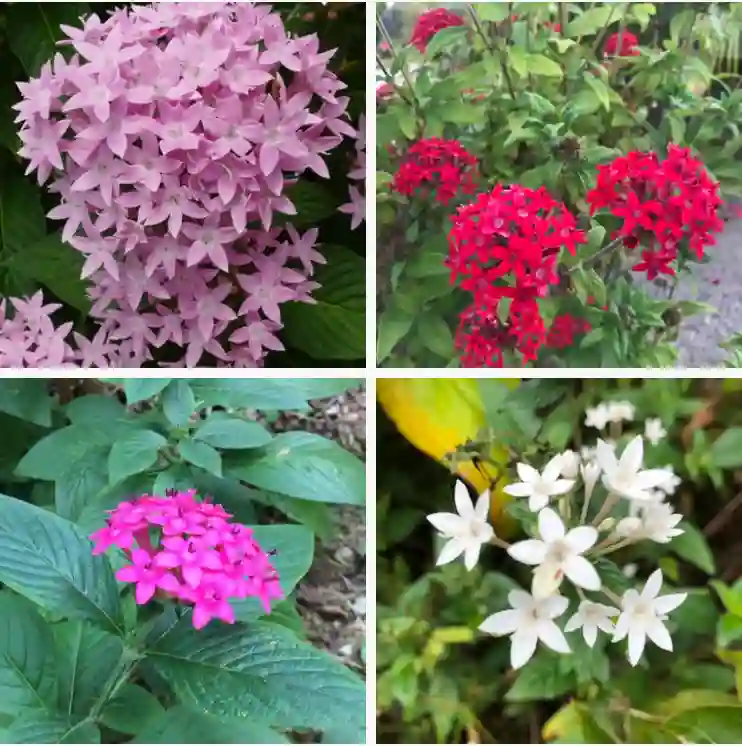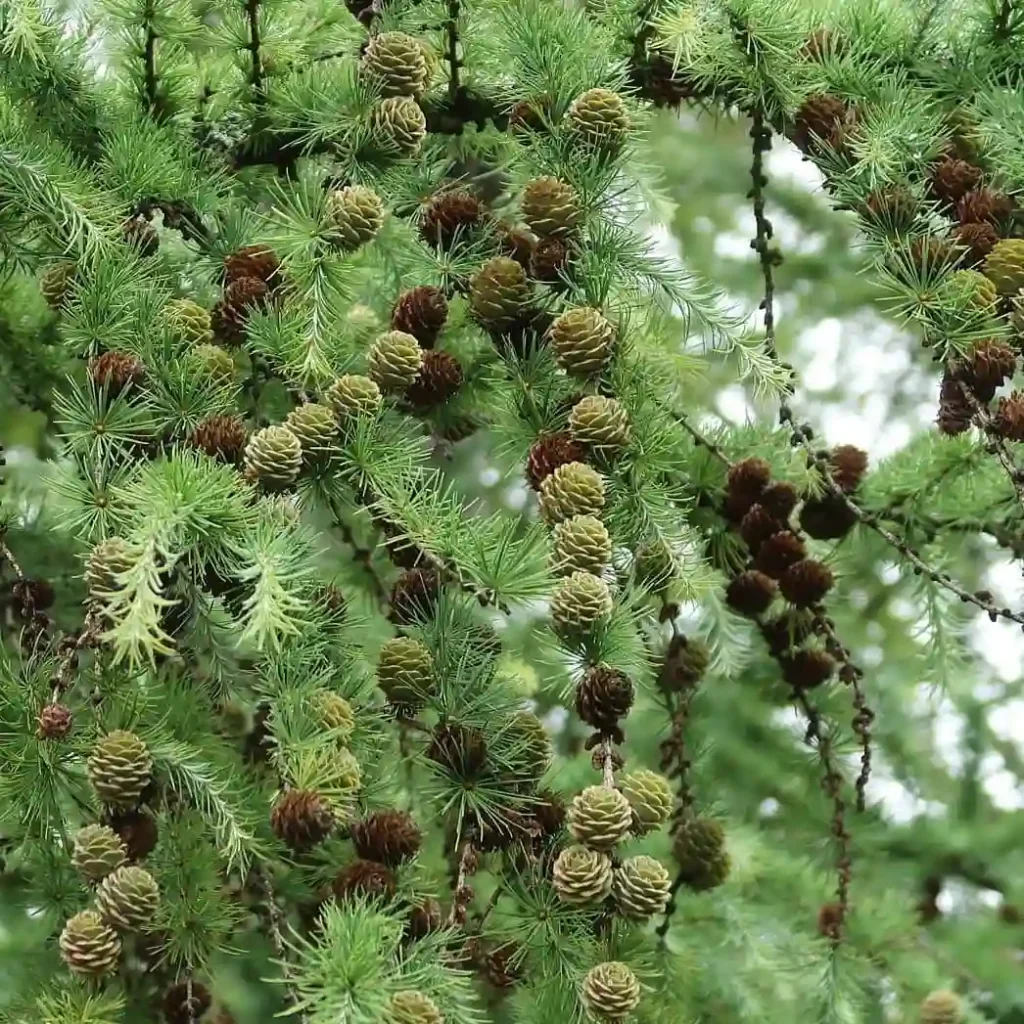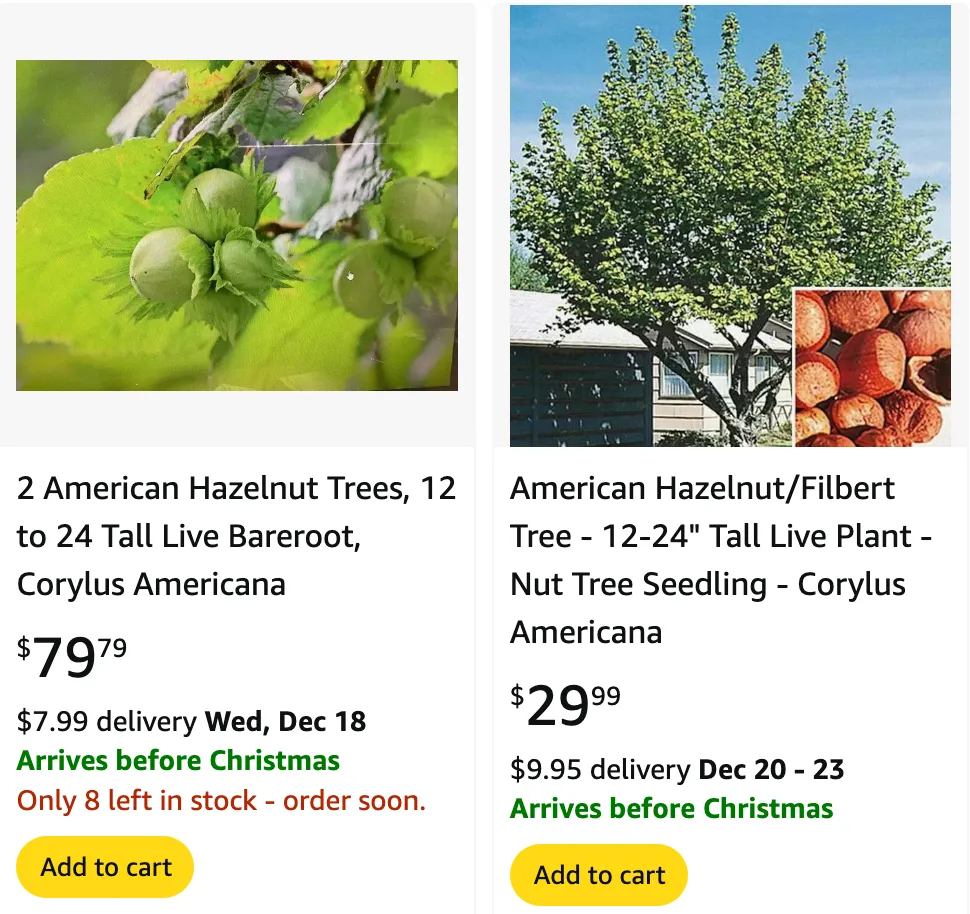
September 6 – Corylus
"Corylus, the hazelnut tree, represents September 6."
Corylus symbolizes wisdom and inspiration. You have a thoughtful nature that inspires others. Like its bountiful nuts, your insights are treasures.
The Hazelnut’s Humble Charm: A Journey into the World of Corylus
My name is Ferb Vu, and while I may not be a botanist by profession, I’ve always been captivated by the natural world. There’s a certain magic in observing the diversity of life, and recently, I’ve found myself drawn to the unassuming beauty of the Corylus genus, belong to the Betulaceae family, more commonly known as the hazel.
What initially attracted me to these deciduous trees and shrubs wasn’t their vibrant flowers or towering stature. Instead, it was the simple elegance of their nuts – the hazelnuts we often enjoy as snacks or ingredients in our favorite desserts. These nuts, encased in their distinctive husks, possess a unique charm that speaks to the understated beauty of nature.
As I delved deeper into the world of Corylus, I discovered a genus rich in diversity and ecological importance. These plants, primarily found in the temperate regions of the Northern Hemisphere, play a vital role in their respective ecosystems, providing food and shelter for various wildlife. But beyond their ecological significance, Corylus species have also played a crucial role in human history, serving as a source of food and materials for centuries.
A Diverse Family Tree: The Species in Corylus
The Corylus genus boasts a fascinating array of species, each with its own unique characteristics and distribution:
- Corylus avellana: The common hazel, native to Europe and western Asia, is perhaps the most well-known species. It’s widely cultivated for its delicious nuts and is a staple in many culinary traditions. Plant FAQs: Corylus Avellana – European Hazel
- Corylus americana: The American hazel, found in eastern North America, is a smaller species, typically growing as a shrub. Its nuts are edible but smaller than those of the common hazel. Plant FAQs: American Hazelnut – Corylus Americana
- Corylus cornuta: The beaked hazel, also native to North America, is distinguished by its distinctive ‘beaked’ husks that encase the nuts.
- Corylus maxima: The filbert, native to southeastern Europe and southwestern Asia, is another popular species cultivated for its nuts, which are larger and have a more elongated shape compared to the common hazel.
- Corylus colurna: The Turkish hazel, native to southeastern Europe and Asia Minor, is a larger tree species, known for its attractive, pyramidal shape and ornamental value. Plant FAQs: Corylus Colurna – Turkish Hazel
- Corylus heterophylla: The Asian hazel, native to eastern Asia, is characterized by its distinctive leaves with a truncated apex.
- Corylus sieboldiana: The Asian beaked hazel, native to northeastern Asia, is similar to Corylus cornuta with its beaked husks but has a more restricted distribution.
- Corylus chinensis Franch.
- Corylus colchica Albov
- Corylus × colurnoides C.K.Schneid.
- Corylus fargesii (Franch.) C.K.Schneid.
- Corylus ferox Wall.
- Corylus jacquemontii Decne.
- Corylus potaninii Bobrov
- Corylus wangii Hu
- Corylus wulingensis Q.X.Liu & C.M.Zhang
- Corylus yunnanensis (Franch.) A.Camus
More Than Just Nuts: The Value of Corylus
While hazelnuts are undoubtedly the most popular product of the Corylus genus, these plants offer much more than just edible nuts. Throughout history, various cultures have utilized different parts of these plants for diverse purposes.
The wood of hazel trees, for instance, is known for its flexibility and strength. Traditionally, it was used for crafting various items, including walking sticks, fishing rods, and even wattle fences. The pliable branches were also employed in basket weaving and thatching.
Beyond its practical applications, Corylus has also held cultural and symbolic significance in various societies. In Celtic mythology, the hazel tree was associated with wisdom and poetic inspiration. It was believed that consuming hazelnuts could enhance one’s knowledge and creativity. In other traditions, the hazel symbolized fertility and abundance, likely due to its prolific nut production.
A Growing Appreciation
My exploration of the Corylus genus has been a journey of discovery and appreciation. These plants, often overlooked in favor of more showy species, possess a quiet beauty and remarkable versatility. From their ecological importance to their historical and cultural significance, Corylus species have played a vital role in shaping our world.
As I continue to learn more about these fascinating plants, I’m filled with a sense of wonder and respect for the intricate connections within the natural world. The Corylus genus serves as a reminder that even the most unassuming organisms can possess remarkable qualities and contribute significantly to the tapestry of life.
If i die, water my plants!
